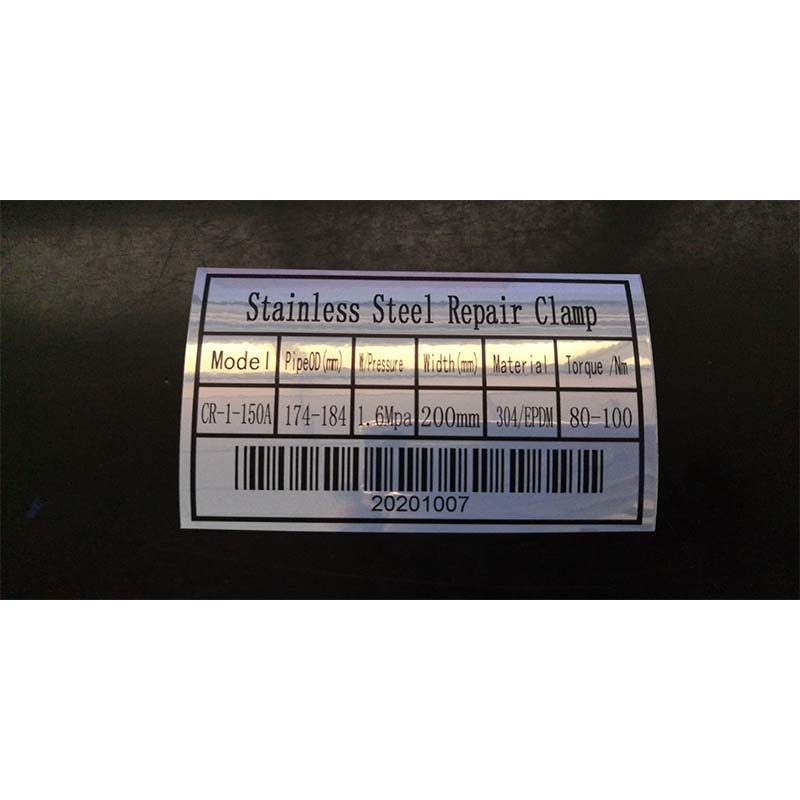gate valve knife type
Understanding Gate Valve Knife Type A Comprehensive Overview
Gate valves are used widely in various industrial applications for the purpose of controlling the flow of liquids and gases. Among these, the knife gate valve stands out for its unique design and efficiency in handling thick or viscous fluids. This article will explore the key features, advantages, applications, and maintenance practices related to gate valve knife types.
What is a Knife Gate Valve?
A knife gate valve is a specific type of gate valve that utilizes a sharp-edged blade or knife to cut through the media flowing within the piping system. The design of the knife gate valve is particularly suitable for handling slurries, thick liquids, and other substances that may contain solid particulates. The knife-like blade can quickly slice through any buildup or accumulation, thus preventing blockages and ensuring efficient operation.
Key Features of Knife Gate Valves
Knife gate valves are characterized by several important design features that enhance their performance
1. Operability Knife gate valves can be manually or automatically operated. Manual operation is typically achieved through a handwheel or lever, while automated systems may utilize actuators controlled by a PLC (Programmable Logic Controller).
2. Material Composition These valves are typically made from robust materials such as stainless steel, cast iron, or carbon steel, allowing them to withstand harsh conditions and corrosive environments.
3. Design Variability Knife gate valves can come in different designs including rising or non-rising stem configurations. The choice between these designs is often determined by space constraints and operational requirements.
4. Sealing Mechanism The sealing surface may include standard or customized designs, allowing for flexibility depending on the medium being transported.
5. Sizes and Connections Knife gate valves are available in various sizes and connection types, including flanged, threaded, or welded. This adaptability allows them to be used in a wide range of piping systems.
Advantages of Knife Gate Valves
One of the primary benefits of knife gate valves is their ability to handle a variety of challenging media. Here are several noteworthy advantages
1. Effective for Thick Media Because of the knife-edge design, these valves can effectively clear buildup and handle slurries that would clog standard valves.
3. Compact Design Their compact design makes them suitable for installations in tight spaces, which is often a crucial requirement in various industrial facilities.
gate valve knife type

4. Reduced Leakage Many modern knife gate valves are designed with enhanced sealing features, reducing the possibility of leakage and improving overall system integrity.
5. Cost-Effectiveness Due to their robust construction and efficiency, knife gate valves can be a cost-effective solution for long-term industrial use. The durability and low maintenance requirements further enhance their economic appeal.
Applications in Various Industries
Knife gate valves find extensive applications in a variety of industries, each benefiting from their unique design
- Pulp and Paper These valves are ideal for handling pulp slurries and wastewater, where they can efficiently manage the solids content without clogging.
- Mining and Mineral Processing They are commonly used in slurry lines, allowing for the safe transport of crushed rocks and minerals mixed with water.
- Wastewater Treatment Knife gate valves help in the management of sludge and other thick materials found in wastewater systems.
- Food Processing Certain designs of knife gate valves are suitable for food-grade applications, ensuring hygiene and safety while handling viscous food products.
Maintenance Practices
To ensure the longevity and reliable performance of knife gate valves, regular maintenance is crucial. Key maintenance practices include
1. Regular Inspection Periodically check for signs of wear or damage to the blade and sealing surfaces.
2. Cleaning Ensure that the valve internals are clean from build-up or sludge that may impede function.
3. Lubrication For manual models, proper lubrication of the stem and operating mechanism is essential to minimize friction and wear.
4. Functionality Tests Routine functional tests should be conducted to ensure that the valve opens and closes smoothly without obstruction.
In conclusion, the gate valve knife type presents a versatile and efficient solution for a wide range of industrial applications. With their unique design tailored for handling difficult media and their advantages in operation and maintenance, these valves are an essential component in modern piping systems. Understanding their features and applications can aid industries in making informed decisions that enhance operational efficiency and reliability.
-
The Smarter Choice for Pedestrian AreasNewsJun.30,2025
-
The Gold Standard in Round Drain CoversNewsJun.30,2025
-
The Gold Standard in Manhole Cover SystemsNewsJun.30,2025
-
Superior Drainage Solutions with Premium Gully GratesNewsJun.30,2025
-
Superior Drainage Solutions for Global InfrastructureNewsJun.30,2025
-
Square Manhole Solutions for Modern InfrastructureNewsJun.30,2025
-
Premium Manhole Covers for Modern InfrastructureNewsJun.30,2025
